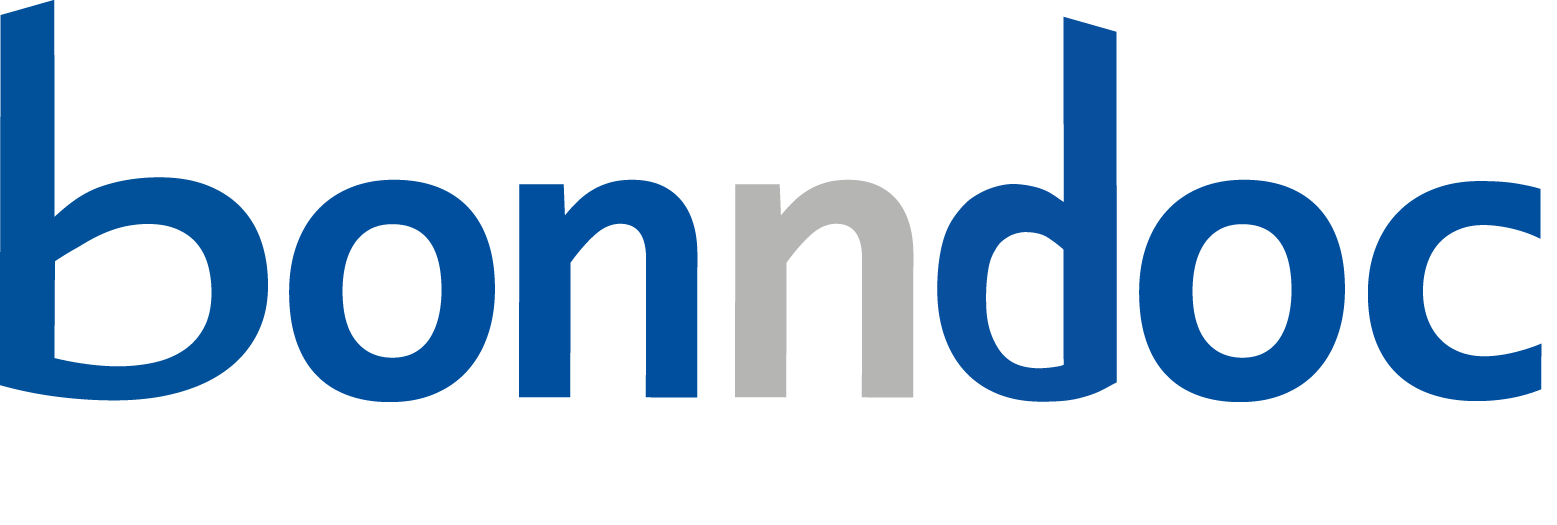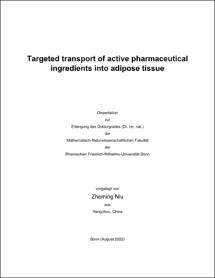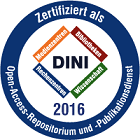Niu, Zheming: Targeted transport of active pharmaceutical ingredients into adipose tissue. - Bonn, 2023. - Dissertation, Rheinische Friedrich-Wilhelms-Universität Bonn.
Online-Ausgabe in bonndoc: https://nbn-resolving.org/urn:nbn:de:hbz:5-69914
Online-Ausgabe in bonndoc: https://nbn-resolving.org/urn:nbn:de:hbz:5-69914
@phdthesis{handle:20.500.11811/10648,
urn: https://nbn-resolving.org/urn:nbn:de:hbz:5-69914,
author = {{Zheming Niu}},
title = {Targeted transport of active pharmaceutical ingredients into adipose tissue},
school = {Rheinische Friedrich-Wilhelms-Universität Bonn},
year = 2023,
month = feb,
note = {Adipose tissue (AT) plays an essential role in controlling metabolic activities. White adipose tissue (WAT) stores energy and possesses endocrine functions, while brown adipose tissue (BAT) is responsible for energy expenditure as well as glucose and lipids uptake showing a thermogenic capacity (Pfeifer and Hoffmann 2015). Dysfunction and inflammation of WAT could lead to clinical symptoms such as fatty liver and systemic inflammation in obese patients (Ellulu et al. 2017; Longo et al. 2019; Fabbrini, Sullivan, and Klein 2010; Zatterale et al. 2019). Furthermore, losing active BAT in adult obese patients poses obstacles and challenges to BAT-centered obesity therapies (Leitner et al. 2017). Therefore, due to the growing number of obese patients worldwide, there is an urgent need to develop novel anti-obesity therapies combining pharmaceutical technologies with marketed drugs to induce WAT beiging and activate BAT, while minimizing side effects.
Here, this thesis demonstrates two drug delivery systems: i) controlled drug delivery system with poly (lactic-co-glycolic acid) PLGA microparticles (PLGA MPs) as carriers and ii) targeted drug delivery system using triglyceride-rich lipoproteins (TRLs). Mirabegron (MIR, a beta 3-adrenergic receptors agonist) and Triiodothyronine (T3, a thyroid hormone) are loaded into PLGA MPs and TRLs to induce WAT beiging and BAT activation, respectively. Interestingly, data in the first part of this thesis suggest that MIR-loaded PLGA MPs (MIR MPs) measured with a size of 30 μm can successfully induce WA beiging and also increase lipolysis in vitro and ex vivo both in murine inguinal WAT (iWAT) and human subcutaneous WAT (scWAT) via beta 3-adrenergic receptors. The second part of this thesis focuses on establishing drug-loaded TRLs. Developed TRLs can encapsulate T3 with an encapsulation efficiency of 40.76 ± 1.81%. T3-loaded TRLs (T3-TRLs) possess not only a targeted delivery function to the liver and the BAT but also demonstrate promising in vivo therapeutic effects involving BAT activation. These two delivery systems combine FDA-approved drugs and pharmaceutical technologies intending to reduce the side effects induced by the "off-label" uses of drugs and inspire new strategies for the treatment of obesity and its associated metabolic diseases.},
url = {https://hdl.handle.net/20.500.11811/10648}
}
urn: https://nbn-resolving.org/urn:nbn:de:hbz:5-69914,
author = {{Zheming Niu}},
title = {Targeted transport of active pharmaceutical ingredients into adipose tissue},
school = {Rheinische Friedrich-Wilhelms-Universität Bonn},
year = 2023,
month = feb,
note = {Adipose tissue (AT) plays an essential role in controlling metabolic activities. White adipose tissue (WAT) stores energy and possesses endocrine functions, while brown adipose tissue (BAT) is responsible for energy expenditure as well as glucose and lipids uptake showing a thermogenic capacity (Pfeifer and Hoffmann 2015). Dysfunction and inflammation of WAT could lead to clinical symptoms such as fatty liver and systemic inflammation in obese patients (Ellulu et al. 2017; Longo et al. 2019; Fabbrini, Sullivan, and Klein 2010; Zatterale et al. 2019). Furthermore, losing active BAT in adult obese patients poses obstacles and challenges to BAT-centered obesity therapies (Leitner et al. 2017). Therefore, due to the growing number of obese patients worldwide, there is an urgent need to develop novel anti-obesity therapies combining pharmaceutical technologies with marketed drugs to induce WAT beiging and activate BAT, while minimizing side effects.
Here, this thesis demonstrates two drug delivery systems: i) controlled drug delivery system with poly (lactic-co-glycolic acid) PLGA microparticles (PLGA MPs) as carriers and ii) targeted drug delivery system using triglyceride-rich lipoproteins (TRLs). Mirabegron (MIR, a beta 3-adrenergic receptors agonist) and Triiodothyronine (T3, a thyroid hormone) are loaded into PLGA MPs and TRLs to induce WAT beiging and BAT activation, respectively. Interestingly, data in the first part of this thesis suggest that MIR-loaded PLGA MPs (MIR MPs) measured with a size of 30 μm can successfully induce WA beiging and also increase lipolysis in vitro and ex vivo both in murine inguinal WAT (iWAT) and human subcutaneous WAT (scWAT) via beta 3-adrenergic receptors. The second part of this thesis focuses on establishing drug-loaded TRLs. Developed TRLs can encapsulate T3 with an encapsulation efficiency of 40.76 ± 1.81%. T3-loaded TRLs (T3-TRLs) possess not only a targeted delivery function to the liver and the BAT but also demonstrate promising in vivo therapeutic effects involving BAT activation. These two delivery systems combine FDA-approved drugs and pharmaceutical technologies intending to reduce the side effects induced by the "off-label" uses of drugs and inspire new strategies for the treatment of obesity and its associated metabolic diseases.},
url = {https://hdl.handle.net/20.500.11811/10648}
}






